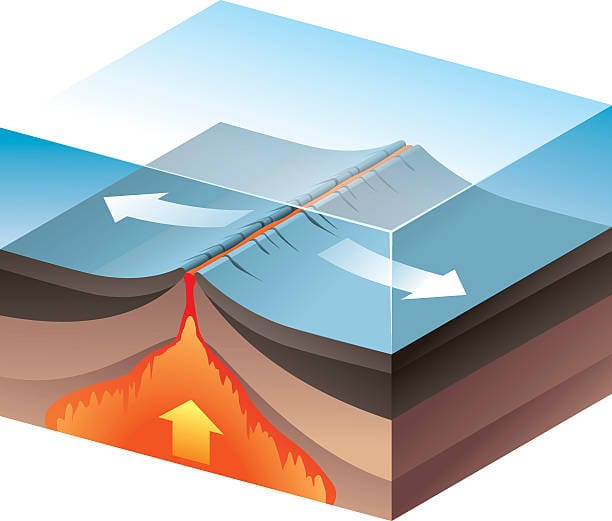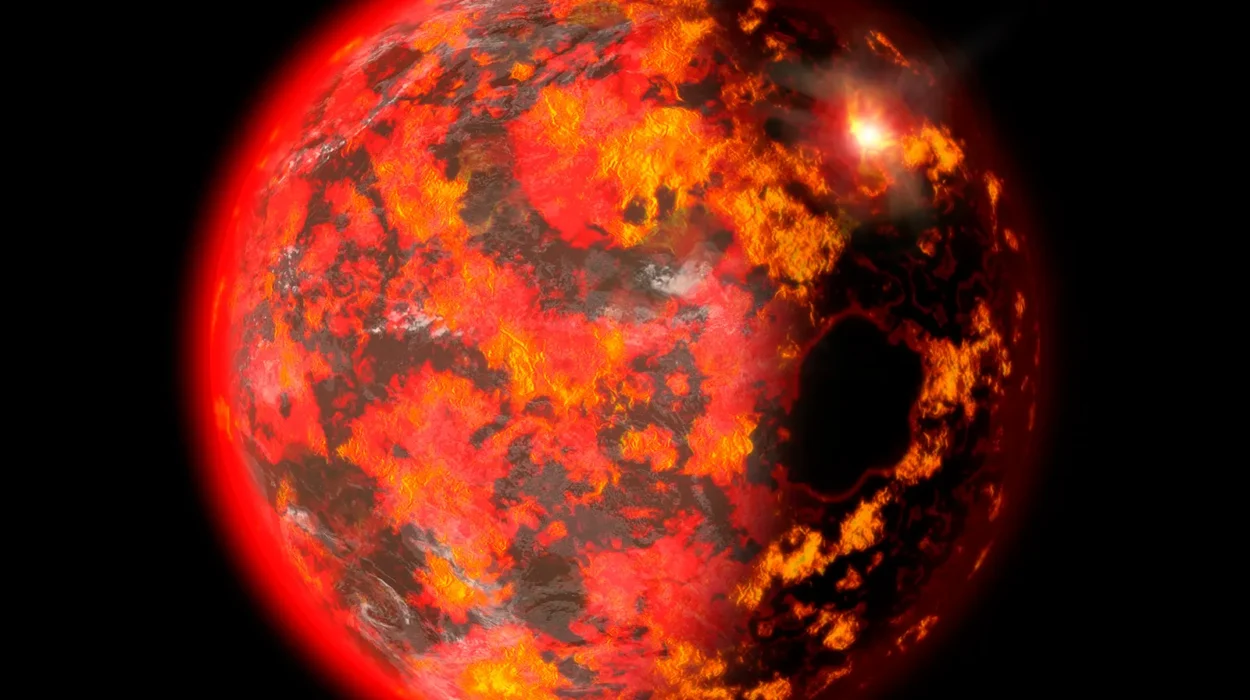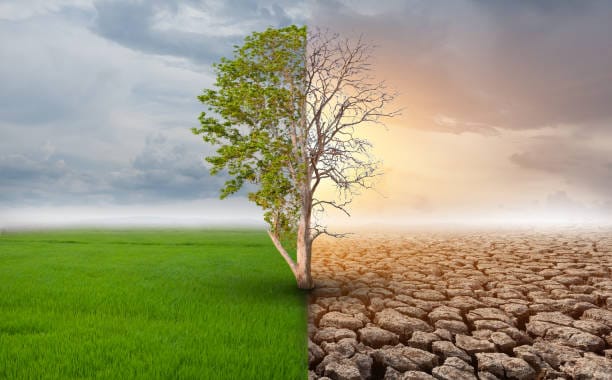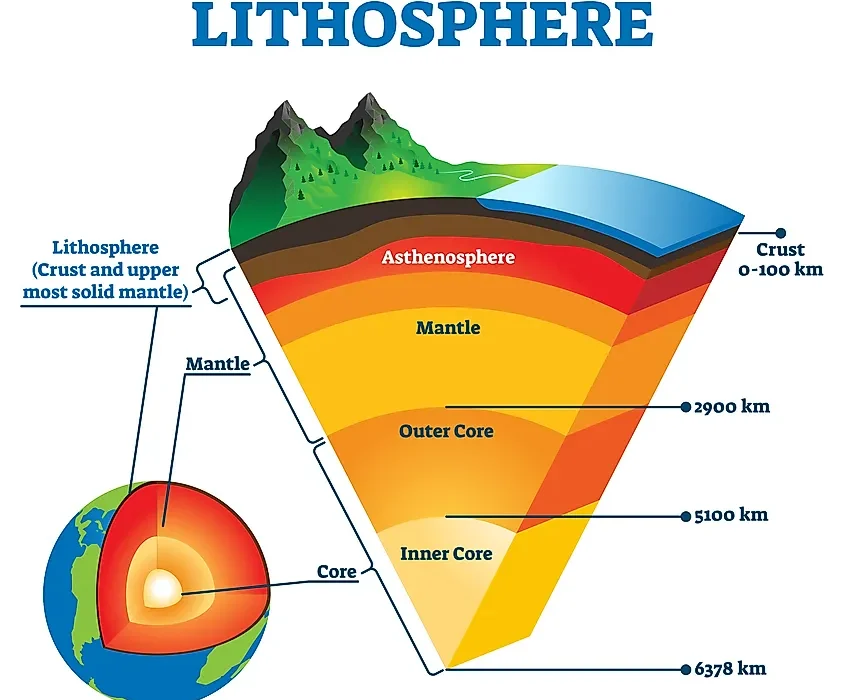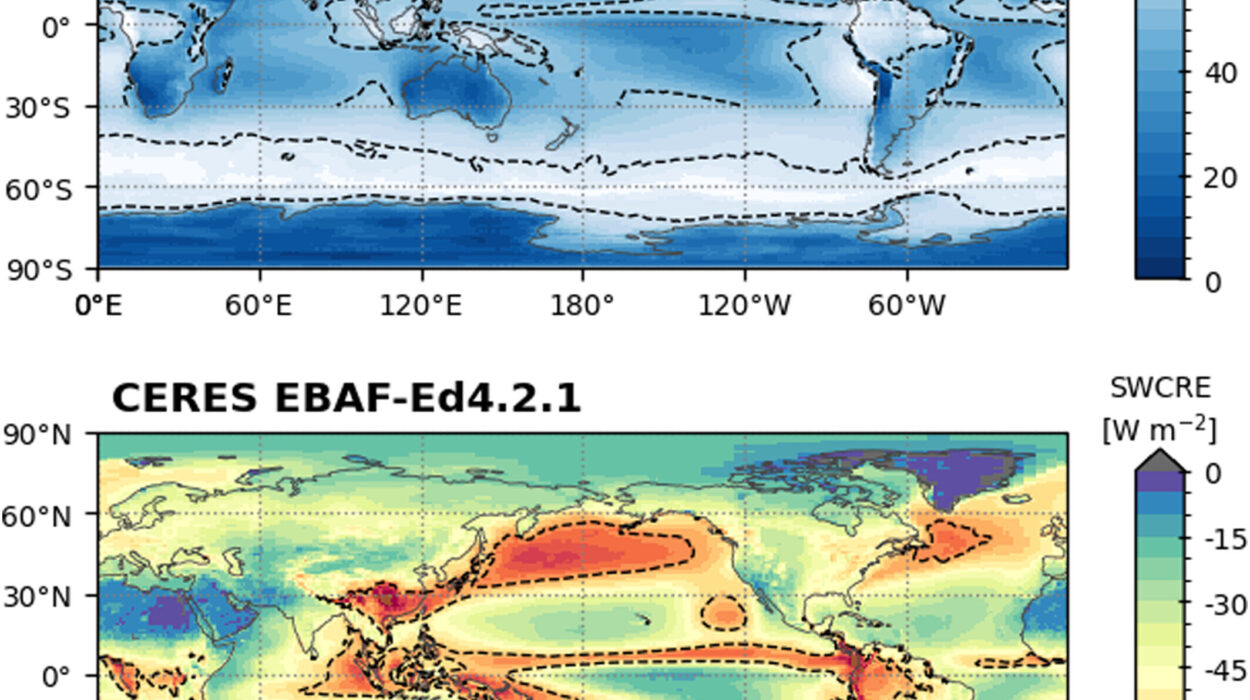Imagine the Earth—not as we know it now, with continents separated by vast oceans—but as a singular, colossal landmass surrounded by an endless sea. This was not a fantasy world from a mythical past. It was our Earth, over 300 million years ago, during the late Paleozoic Era. And that great unified land was called Pangaea.
It is humbling to think that the continents we live on—Asia, Africa, Europe, the Americas, Australia, and Antarctica—were once locked together in a primordial embrace. Mountains had not yet risen in the places we now hike. Coastlines had not carved their signatures into the planet. The Atlantic Ocean had yet to yawn open. And life was still in its evolutionary adolescence, walking clumsily across the surface of this one world.
But then, the land moved.
Not with a shudder. Not in a day. The continents began to drift—imperceptibly, slowly, steadily—over millions of years. And their dance across the surface of the Earth would sculpt everything we know today: the shapes of our continents, the climates of our regions, the habitats of our species, even the location of cities and the fate of civilizations.
To understand how the continents moved is to glimpse the deep engine of our planet—the mysterious, powerful forces that shape Earth from within.
The Deep Heartbeat: Earth’s Inner Machinery
At first glance, Earth appears solid and immovable. But under its crust, our planet is alive with motion. The outermost layer—the lithosphere—is broken into massive slabs called tectonic plates. Beneath these plates lies the asthenosphere, a hot, slow-flowing layer of partially molten rock. The plates float atop this molten medium like rafts on a viscous sea.
Driven by convection currents—heat rising and falling within the mantle—the plates drift, collide, pull apart, and slide past each other. This invisible, churning motion beneath our feet is the engine of plate tectonics, the process responsible for the shifting of continents.
Each plate carries with it continents, ocean floors, and the scars of billions of years of movement. Some plates are as large as the Pacific Plate, which covers almost an entire hemisphere, while others, like the tiny Juan de Fuca Plate off the coast of the Pacific Northwest, are fragments of Earth’s jigsaw.
But how do we know the plates move at all? The answer lies in the rocks, the fossils, the mountains—and in the dreams of a man who dared to imagine a drifting world.
The Birth of a Radical Idea
In 1912, a German meteorologist named Alfred Wegener proposed something extraordinary: the continents had once been joined together and had slowly drifted apart over geological time. He called this idea continental drift.
Wegener didn’t come to this theory on a whim. He noticed something strange on the world map: the coastlines of continents like South America and Africa fit together like puzzle pieces. He examined fossils, too—identical plant species and ancient reptiles found on continents now separated by oceans. How could such organisms have crossed the Atlantic?
Wegener proposed that the continents had once been part of a supercontinent—Pangaea—which had broken apart and drifted to their present locations. He presented evidence from rock layers, paleoclimates, and glaciation patterns that only made sense if the continents had once been connected.
But the world wasn’t ready to listen. Wegener lacked a convincing mechanism to explain how the continents moved. He suggested that they plowed through the ocean crust, but this idea was ridiculed. Scientists of the day, steeped in tradition and unable to visualize such slow yet massive movements, dismissed him. Wegener died in 1930 during an expedition to Greenland, never knowing that history would vindicate him.
The Smoking Gun: Seafloor Spreading and Plate Tectonics
Wegener’s vision remained dormant for decades, buried under skepticism—until the ocean gave up its secrets. In the mid-20th century, during World War II and the Cold War, oceanographic surveys revealed something astonishing. Running like a scar down the center of the Atlantic Ocean was a mid-ocean ridge, a massive underwater mountain range with a central valley. Similar ridges were found in other oceans, all around the globe.
Scientists discovered that new ocean crust was being formed at these ridges and spreading outward, pushing the plates apart. This process, known as seafloor spreading, was the mechanism Wegener had lacked. It explained how continents could drift—riding atop plates moved by the creation of new crust and the destruction of old crust at subduction zones, where one plate dives beneath another.
Thus, the modern theory of plate tectonics was born. It unified geology, paleontology, seismology, and oceanography into one elegant framework. It explained earthquakes and volcanoes, mountain ranges and ocean trenches, the placement of continents and the past climates of Earth. Wegener had been right all along.
Continents in Motion: A Journey Through Deep Time
From the initial breakup of Pangaea, the continents embarked on an epic journey that continues to this day.
Around 200 million years ago, during the early Jurassic Period, Pangaea began to rift apart into two supercontinents: Laurasia in the north and Gondwana in the south. Laurasia would eventually give rise to North America, Europe, and Asia. Gondwana split into South America, Africa, Antarctica, India, and Australia.
As these continents drifted away from one another, oceans opened and closed. The Atlantic Ocean, for instance, is a relatively young sea, born as North America and Europe pulled away from South America and Africa.
India, once part of Gondwana, broke off and sped northward at a staggering rate—geologically speaking—of 15 centimeters per year. About 50 million years ago, it slammed into Asia, buckling the crust and giving birth to the Himalayas, the tallest mountains on Earth. That collision continues today, pushing Everest ever higher.
In the southern hemisphere, the breakaway of Antarctica and Australia reshaped global currents and climate. The separation of South America from Antarctica opened the Drake Passage, allowing the Antarctic Circumpolar Current to isolate the continent in a deep freeze that endures to this day.
The Continents Today: A Living Puzzle
Look at a world map, and you’re gazing at a moment in a grand geologic story. The continents are not stationary. GPS satellites confirm that they are still moving, a few centimeters each year. Africa is slowly rotating, and the Atlantic Ocean continues to widen. The Pacific Ocean is shrinking, pulled beneath surrounding plates in a fiery ballet of subduction.
California’s famous San Andreas Fault marks the boundary between the Pacific Plate and the North American Plate, sliding past each other in a slow, grinding dance that occasionally snaps with devastating force in the form of earthquakes.
Iceland sits atop the Mid-Atlantic Ridge, where North America and Eurasia are drifting apart. This is one of the few places on Earth where you can walk along a rift between tectonic plates on dry land.
The East African Rift, a crack slowly splitting the continent in two, may one day birth a new ocean, separating the Horn of Africa from the mainland. These processes unfold over millions of years, but the signs are already here—volcanoes, earthquakes, and deep valleys etched into the land.
What the Moving Continents Mean for Life
The drifting of continents has profoundly influenced the history of life on Earth. It has shaped the distribution of species, created barriers and bridges, and influenced evolutionary paths.
When South America and Africa split, populations of once-connected species were isolated. Over time, they evolved independently, leading to the unique wildlife of the Amazon and the African savanna.
Australia’s long isolation allowed marsupials to flourish, while flightless birds like the kiwi and emu evolved in New Zealand and Australia. Madagascar, separated from Africa for millions of years, became a crucible of evolution, home to creatures found nowhere else on Earth.
Mass extinctions have also been linked to tectonic events. The formation of Pangaea likely contributed to the Permian extinction, the largest in Earth’s history, by altering ocean currents and climate. The volcanic activity associated with the breakup of continents has released massive amounts of carbon dioxide and sulfur, triggering climate upheavals that wiped out species.
Continents shape not only the face of the planet but the pulse of life itself.
Looking Ahead: A New Pangaea?
If you could fast-forward 250 million years into the future, what would Earth look like?
Geologists speculate that the continents might once again gather into a supercontinent—a new Pangaea, often dubbed Pangaea Proxima. Perhaps the Atlantic Ocean will close, and the Americas will collide with Europe and Africa. Or maybe the Pacific will vanish, drawing Asia and the Americas together in a fiery embrace.
No one knows the exact arrangement, but one thing is certain: the continents are not done moving. Earth, ever dynamic, continues to reshape itself from within, sculpting new worlds from old stones.
A Planet in Motion, A Story Never Still
The geology of Earth’s continents is a tale of motion so slow we rarely notice it—and yet so powerful it carves mountains, opens oceans, drives earthquakes, and fuels volcanoes. It has determined the rise and fall of ecosystems, dictated the paths of ancient migrations, and left fingerprints on every corner of the planet.
It is a story told in rocks and fossils, in the patterns of rivers and the contours of coastlines. It is a story written not in centuries, but in millions of years. And it is a story still being written, beneath our feet, every moment of every day.
To know this story is to gain a new appreciation for the ground you stand on. It is not just dirt and stone. It is a raft floating on the currents of Earth’s molten soul. It is a relic of a time when continents were one, and a promise of a world that will one day look very different again.
The next time you look at a world map, let your eyes trace the scars and seams of Earth’s past. Picture the continents not as fixed territories, but as restless travelers, forever reshaping the surface of our living, breathing planet.
This is the geology of Earth’s continents. This is how they moved. And this is the Earth, always becoming.

